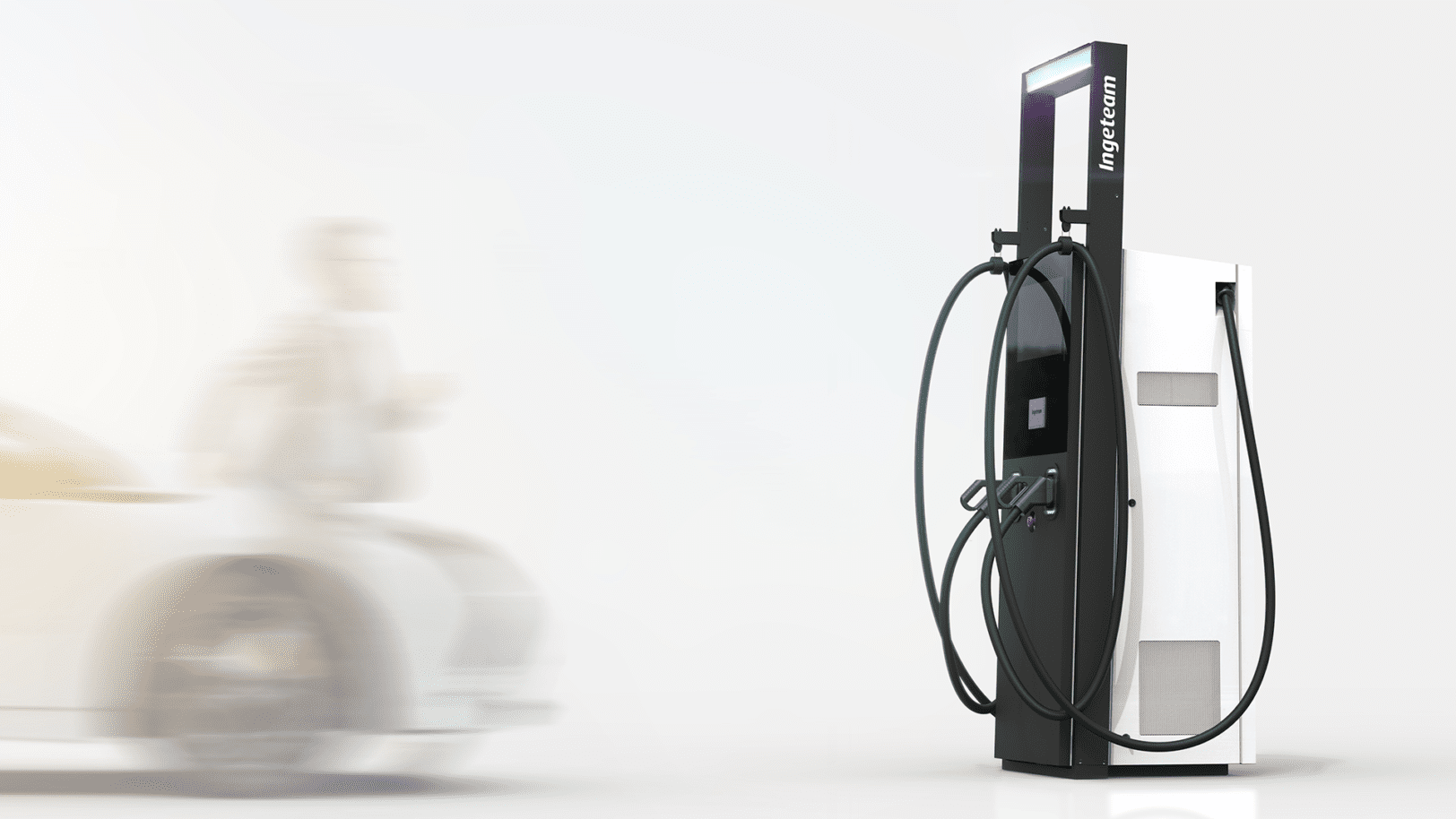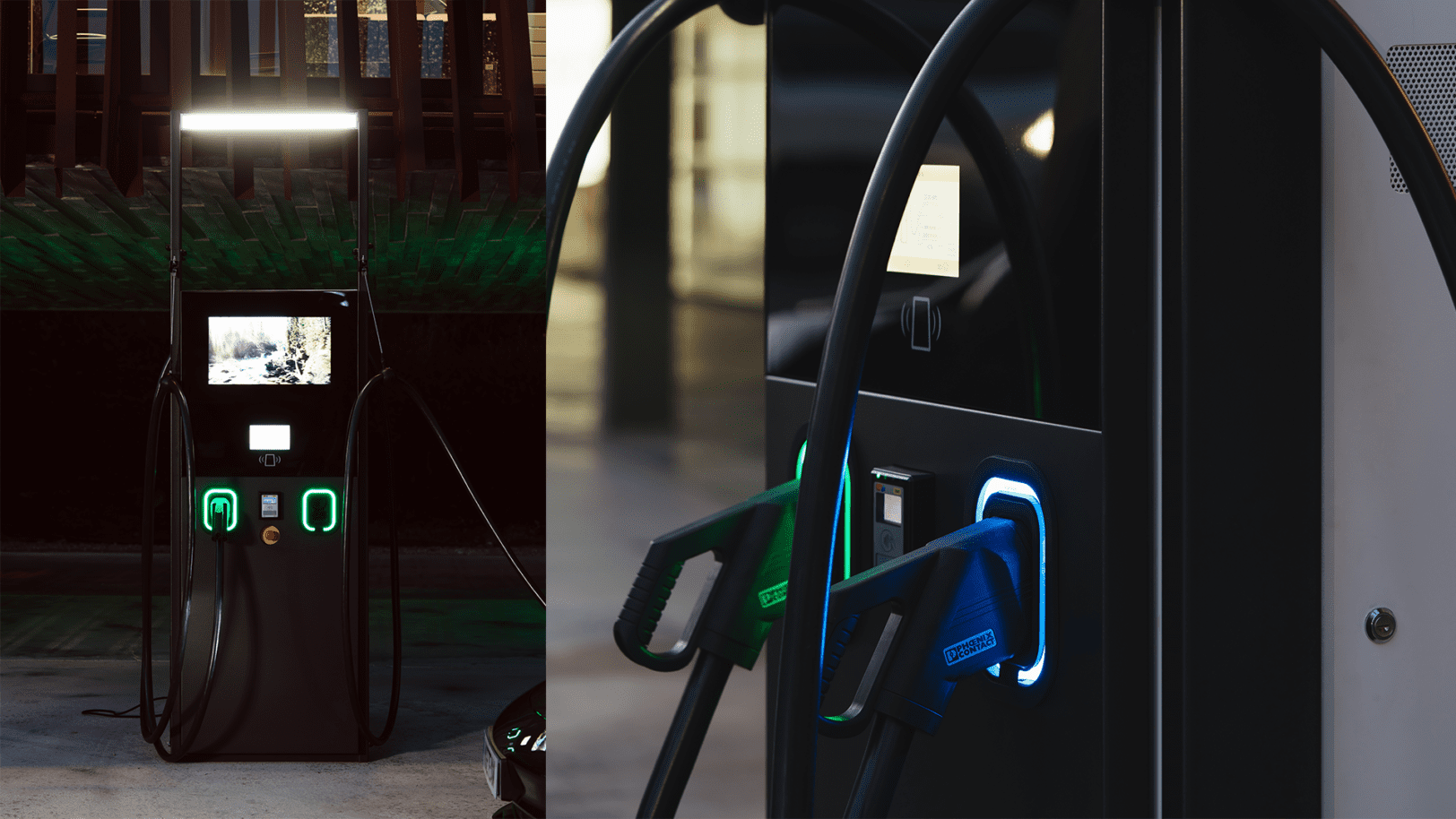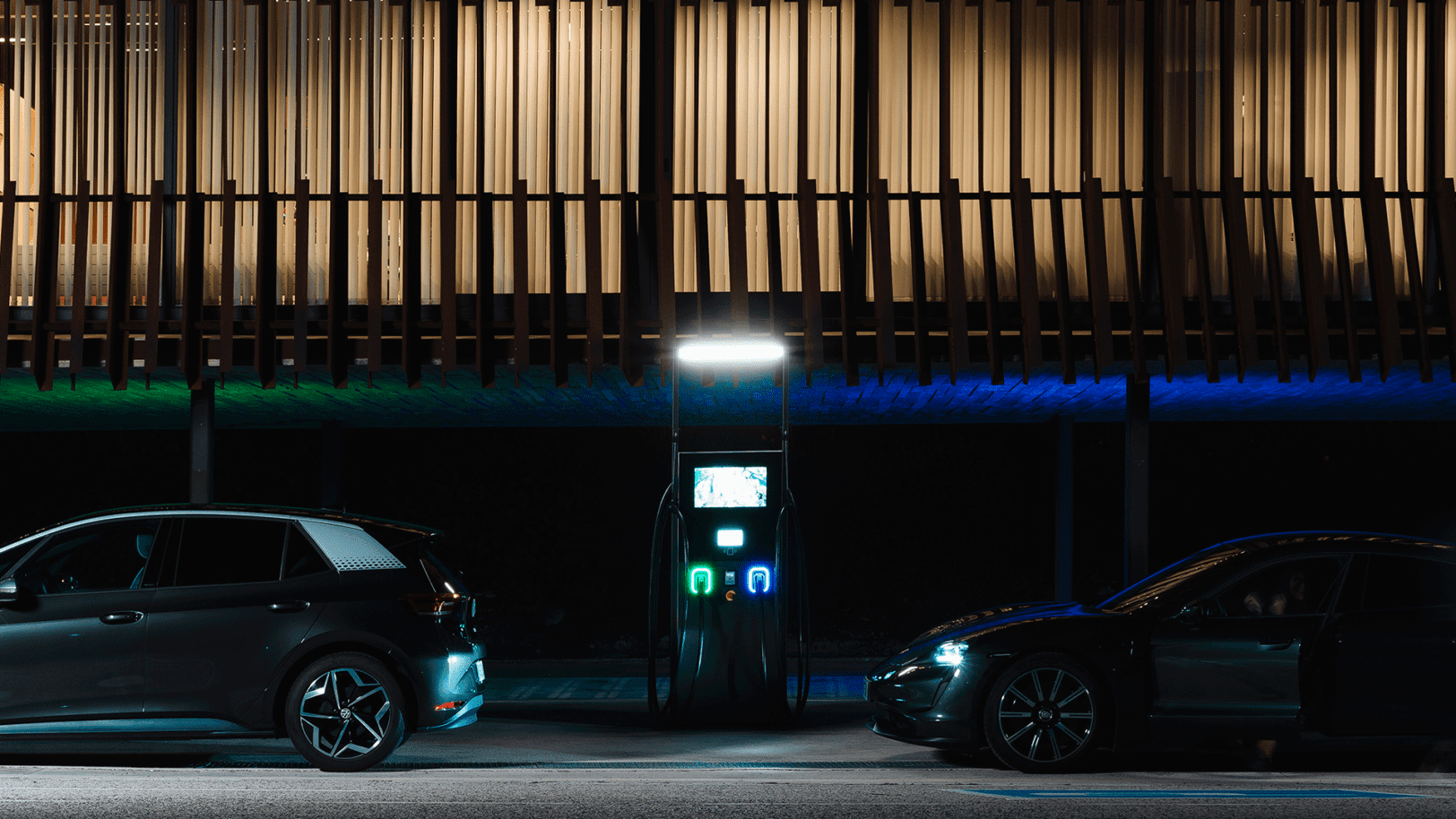Welcome to the world of Electric Vehicle chargers. Not all chargers are the same, and not all chargers are compatible with all cars.
From the battery to the electric car charger. Owning an electric car is not an easy task sometimes.
The E.V. is a sustainable solution but not without challenges to overcome yet. If we used to live attached to a cable, now we are too. More with several cables, and with solutions that are still underdeveloped. However, we are confident that everything will come together given the speed at which the world has been transforming in recent years.
According to the report “Radiography of an electric vehicle user” carried out in Spain by Electromaps (an electric mobility services company), it should be noted that most users recharge their vehicles by slow charging, and very few users use fast charging constantly.
When asked whether they believe there are enough charging points in Spain, the majority answer is no. 84.4% of those surveyed believe that more charging points are needed. The good news is that many of them, 85.5%, would buy back the same vehicle they currently drive.

We read a lot about cell phone batteries and universal chargers for electronic devices, but little is written about universal chargers for electric vehicles. And we can’t help but compare a “smart phone” to an electric car.
Look at the similarities. Because the battery of our “smartphone” lasts just enough to make a digital trip on the social network of chosse and the autonomy of the car is in the same situation, just enough to make a trip and reach the destination. If we talk about chargers, exactly the same. Fast charging and the universal charger will be our best allies in both cases (a pity that in electric vehicles we are not so advanced).
“The battery of our “smartphone” is like that of the car. They last just long enough to make the digital trip to any social network or the trip of the month, to any destination”.
There are currently a multitude of recharging devices for electric vehicles and they differ from each other by:
- The power and recharging time.
- The information exchanged with the vehicle being recharged.
- The type of charger.
And this is where the important part comes in: the types of chargers in an electric car and watch out for the power ratings!
Not all cars can be charged at the same power and each of them has an operating limit. If we overdo it, failure is assured.

The types of chargers that we highlight for electric cars are the following:
Schuko: we will say that it is the one of all life. The conventional socket of any house, but with a particularly low charging speed. Very limited power and intensity. It is not designed for cars with great autonomy.
Type 1: it was the first type of charger created for cars, so it is usually compatible with the first generation. It is the one with a circular shape and five terminals. It is the Japanese standard, although it also works in American and European brands. The complete charging process will take about 8 hours and operates up to 7.4 kW.
Type 2 or Mennekes: this is the most common in Europe. It is flattened at the top and has seven terminals. It can operate with single-phase or three-phase loads (intensity varies) and can reach up to 44 kW of power.
Combined CCS: they have become the new standard throughout Europe. It is proposed to be the universal solution because it allows both fast and slow charging, continuous and alternating with the same socket. It can reach up to 100 kW of power.
ChadeMo: it is found in practically half of the fast charging stations around the world, being one of the best options. It is round, has 10 terminals, can operate with direct current and supports up to 65 kW.

For recharging, as we all know, there are not only charging stations, but also home recharging. There is no shortage of proposals for improving infrastructure and proposing new business models!
One thing we do not want to forget and here we rescue, is the one proposed by Renault a few years ago. It developed in Sweden a recharging platform, called ElBnb. The long-term goal was to create a change in society when using the different charging points and to improve the infrastructure of these in different countries. Through a website, users who have a charger at home for an electric car, could register on the ElBnb website and by prior agreement with other users who want to recharge their car, the recharging time (hours, days, nights, etc.) and how much the owners of the charger will charge for the service will be established.
That said, charging points can serve as an opportunity to boost both the “domestic” infrastructure and specific urban or roadside service areas. And not just energize, but expand an infrastructure that is still scarce. Perhaps new business models or new trends will emerge that break with everything that has been pre-established. Maybe the future will surprise us with a change of course or maybe not, maybe something totally unexpected will surprise us.
We like to think further ahead and as Henry Ford said:
“If I had asked people what they wanted, they would have said faster horses.”